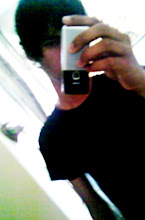Here is a multi use technique that you can use to create falling snow or rain:
Use the Noise and Crystallize filters to produce snow or rain.
- Add a new layer to your image by clicking the New Layer button in the Layers palette. Still in the Layers palette, change the layer’s blending mode from Normal to Screen.
Because this technique uses a separate layer, you can consider it to be nondestructive (you can always delete the layer later), so you do not have to work on a copy of your image. But it is always a good idea to work on a copy, just in case. - Choose Edit => Fill to fill the layer with black. Because the layer’s blending mode is Screen, you won’t see the black fill.
- Add Noise to the layer. Use the Noise => Add Noise filter to add some variation to the layer. Use Amount: 20%, Distribution: Gaussian, and mark the Monochromatic check box.
- Enlarge the noise with the Crystallize filter. Use the Pixelate => Crystallize filter to turn the little noise into larger chunks. Use Cell Size: 3 for small snow or rain; try 7 or 10 for larger flakes. You can also apply a slight Gaussian Blur to increase the size.
- Sharpen the edges. Using the Unsharp Mask filter, sharpen until the snowflakes have distinct edges. Use Amount: 100%, Radius: 2, Threshold: 0. When you create rain, use Amount: 40%.
- Apply a Levels adjustment.
In the Levels dialog box, drag the middle slider about halfway to the left, then drag the left slider slowly to the right until you see the amount of snow or rain that you want. Afterward, if desired, you can apply the Motion Blur filter to the falling snow/rain. And, of course, you can add a layer mask to control visibility.
Special Thanks To TTutorials


0 comments:
Post a Comment